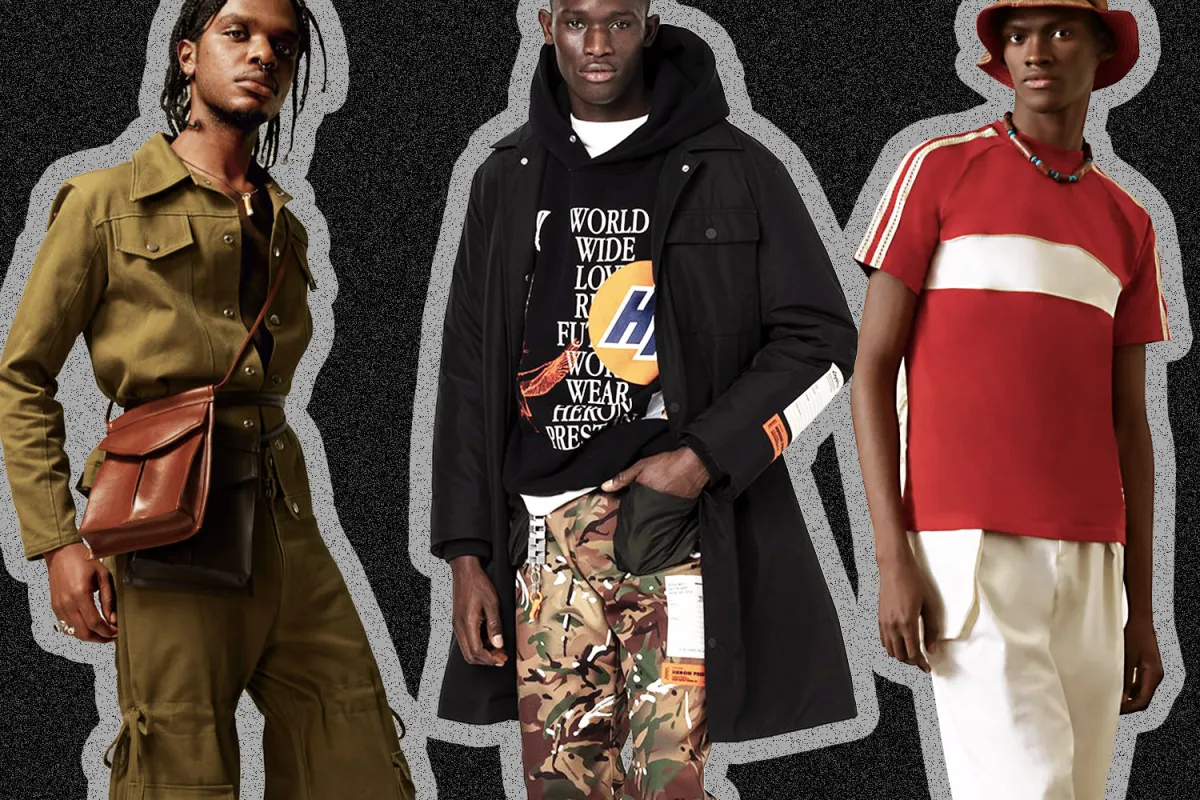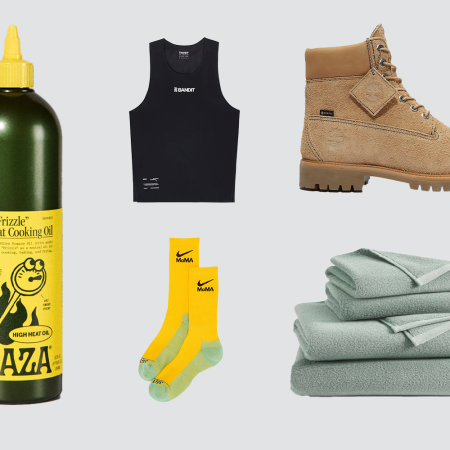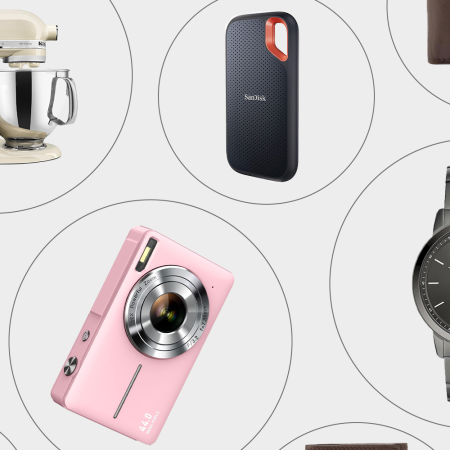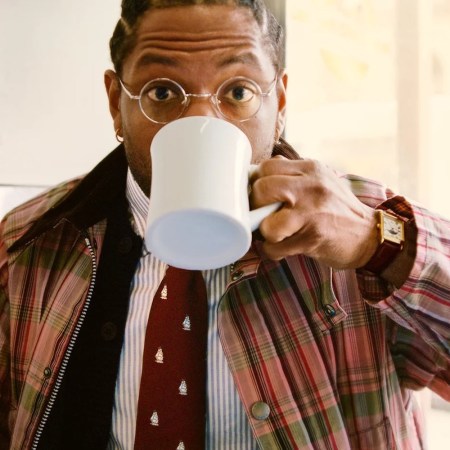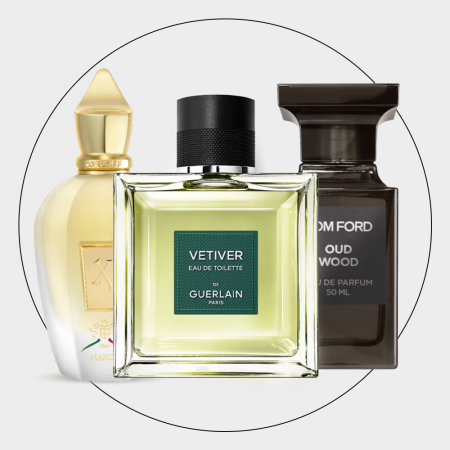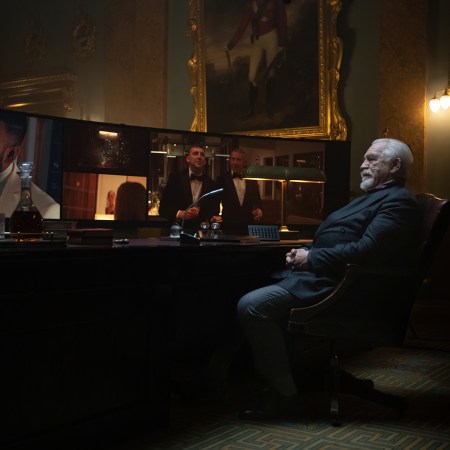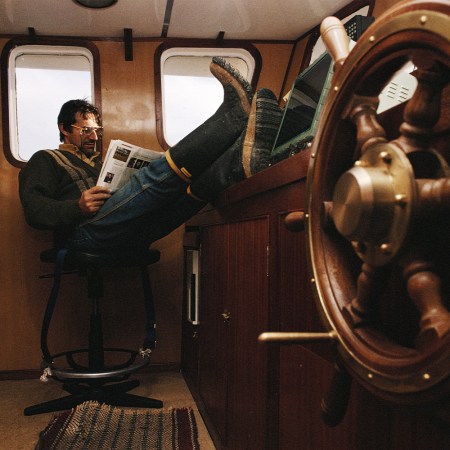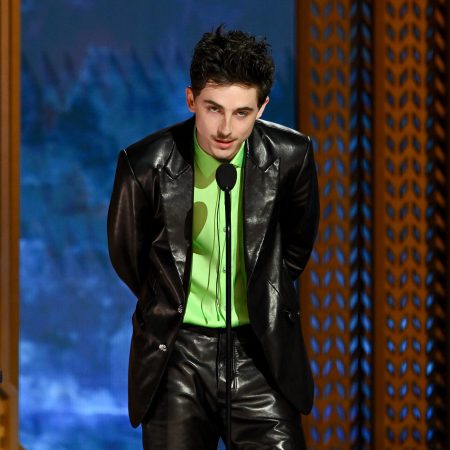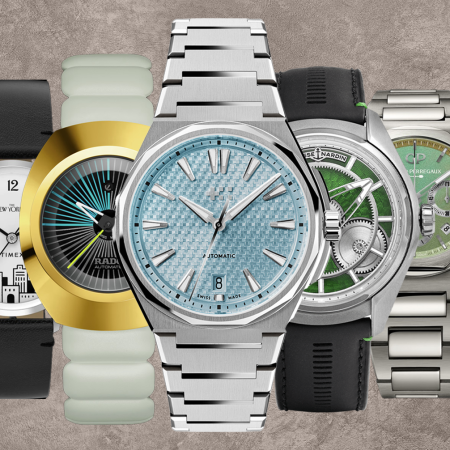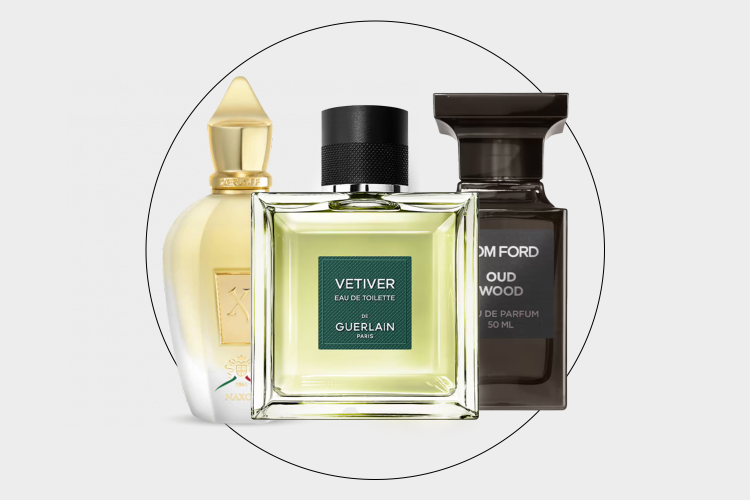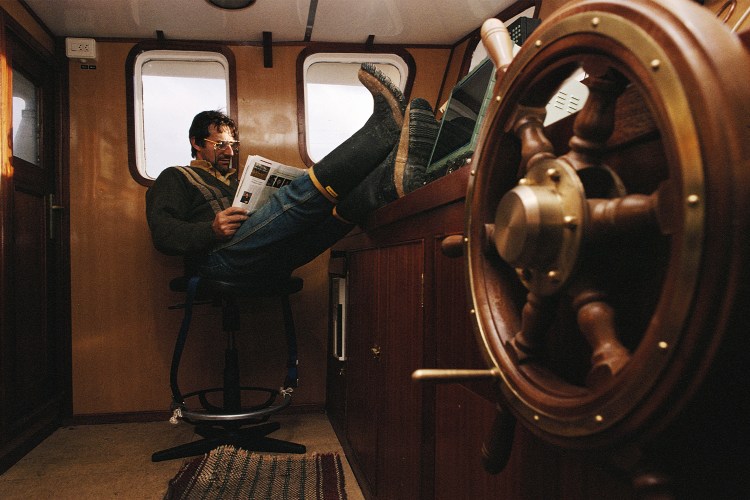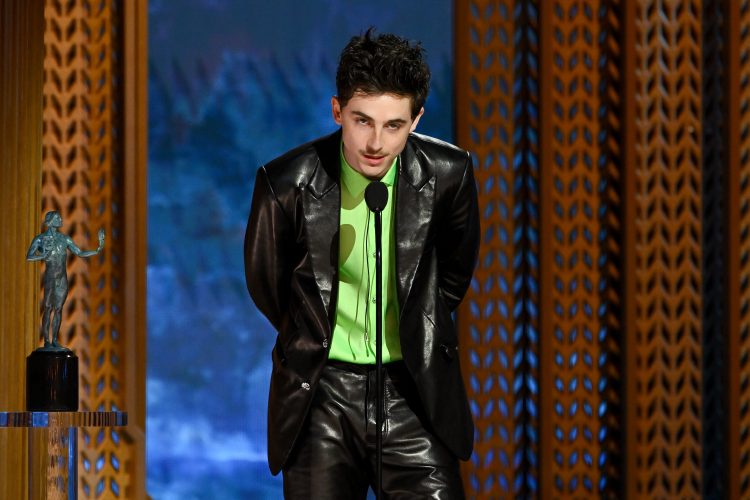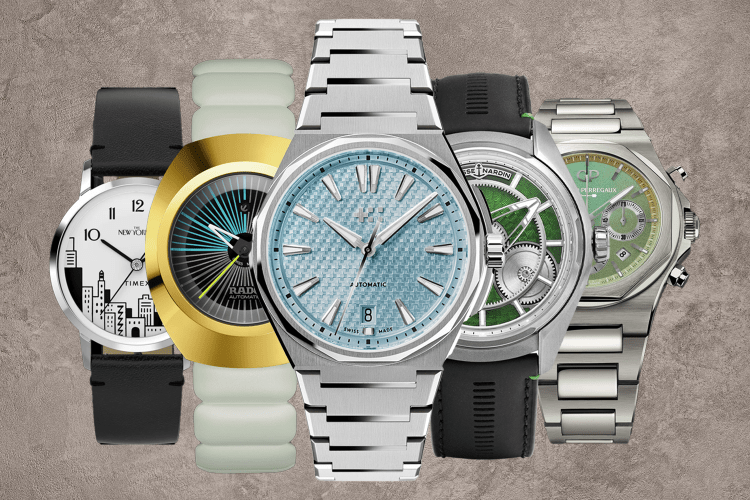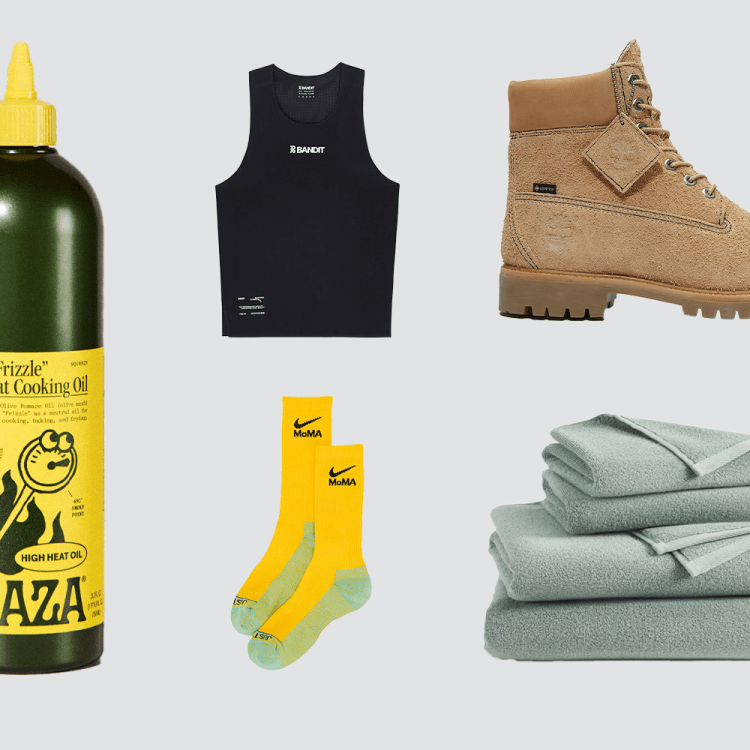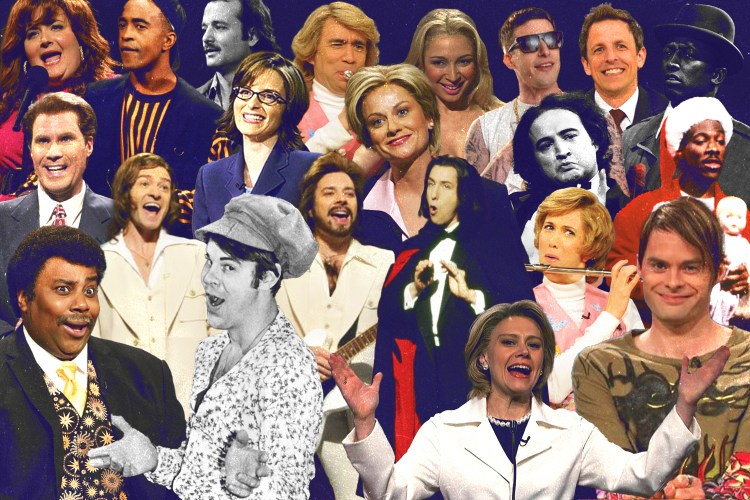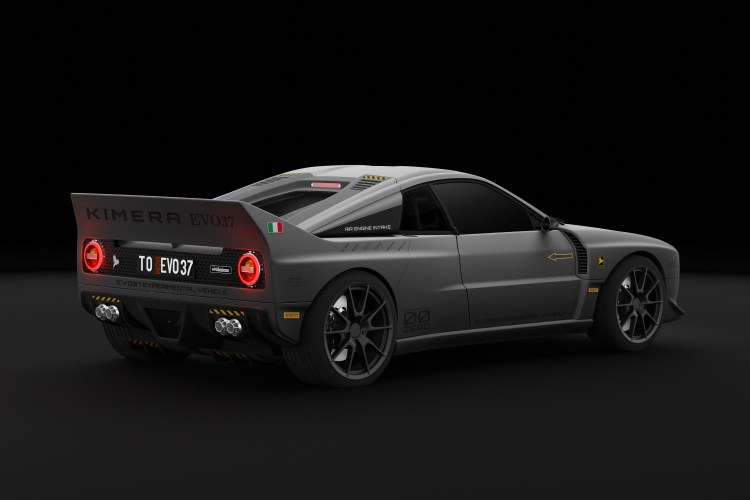Nota bene: All products in this article are independently selected and vetted by InsideHook editors. If you buy something, we may earn an affiliate commission.
It shouldn’t take nationwide protests and unrest to compel us to seek out and recognize the talents of Black creatives. Rather, it’s something that should be done consistently and of one’s own volition, not in an attempt to briefly assuage whatever guilt they may be experiencing. Black creatives, particularly Black fashion designers, have long been mined for their ideas, resources and culture, in turn receiving little to (more frequently) no recognition. Their influence is present and palpable in collections by white and non-Black designers, whereas their credit is minimal if not altogether obsolete. Often, the inspiration these designers claim is no more than a thinly veiled guise for blatant appropriation.
There’s no fault in attempting to rectify one’s missteps or lack of inclusion when it comes to their purview of designers. In a climate where it’s increasingly difficult to feel helpful, further educating oneself and recognizing the entrenched systemic racism across all fields and industries (including fashion) is valuable work. Below are 10 Black menswear designers to know — and support. You’ve probably seen their influence at work in other designs from other brands, but it’s time to give credit where credit is due. This list of designers is but a small fraction of those that exist and continue to arise, but the support and recognition of Black creatives is an effort that must be sustained.
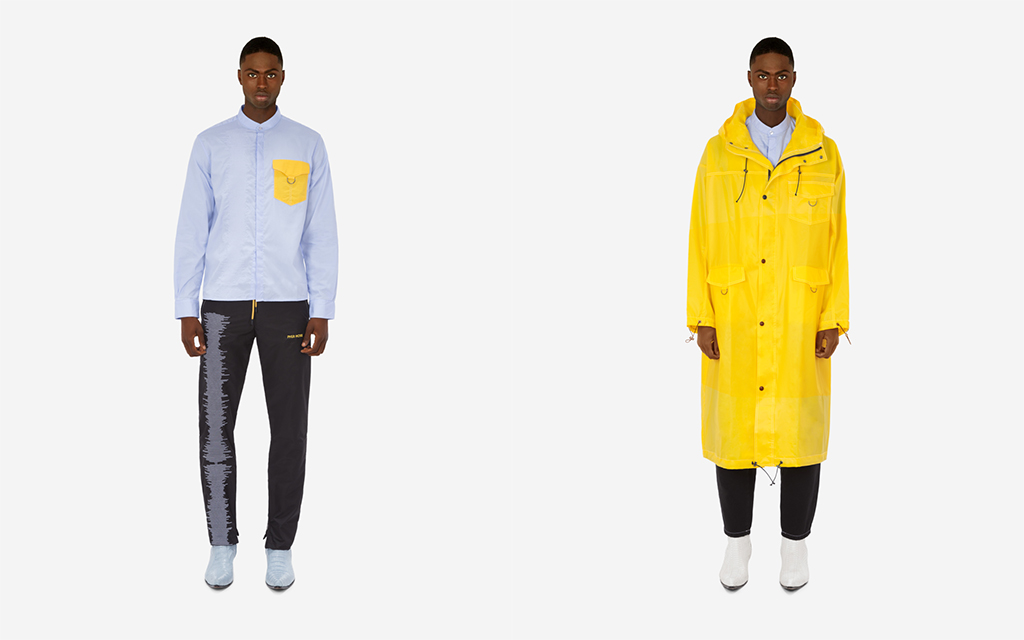
Kerby Jean-Raymond of Pyer Moss
Kerby Jean-Raymond first gained recognition with his Spring 2016 Menswear Collection at New York Fashion Week, in which the Haitian-American designer displayed a short film about police brutality while models walked the runway. The commentary quickly gained media attention (most notably a piece by Robin Givhan for The Washington Post) that was quick to align Jean-Raymond’s brand with activism. While the designer’s collections should be a focus in their own right, his designs continue to maintain a narrative of activism, storytelling and the Black experience.
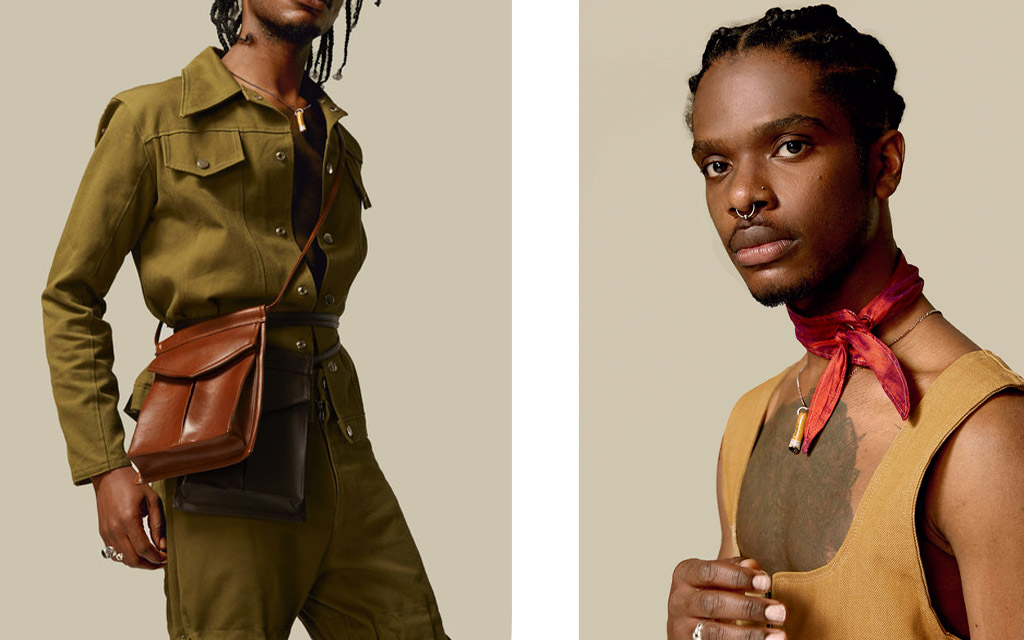
James Flemons of Phlemuns
For anyone who found themselves deeply entrenched in “fashion” Tumblr within the past few years, you might already be familiar with James Flemons of Phlemuns, or at the very least seen his designs floating around the platform. Founded in 2013, the brand shuns convention in favor of recycling and reconstructing already existing pieces. The result is a simultaneous blend of menswear and womenswear that manages a classic androgyny that is hard to come by.
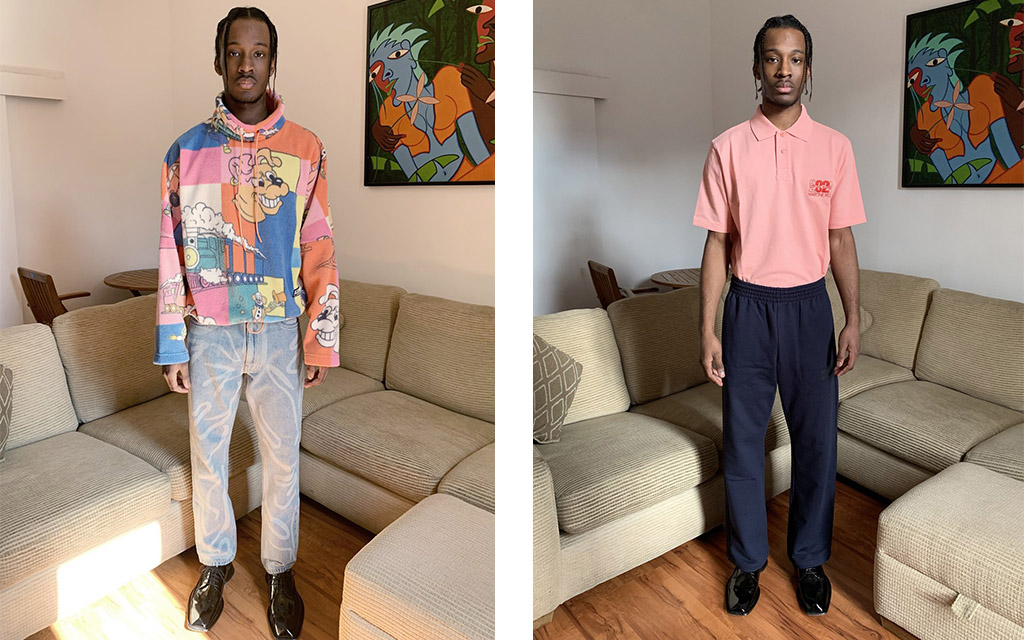
Martine Rose of Martine Rose
Often gleaning inspiration from the British rave and club scene of the early ’90s, British-designer Martine Rose takes already familiar silhouettes — pieces as basic as sweats and tees — and lends them an unconventionality through oversized proportions. Paying homage to the tracksuits and football (soccer to us Americans) jerseys of her home country, Rose further renders them unexpected and new through ruched detailing and billowing shoulders.
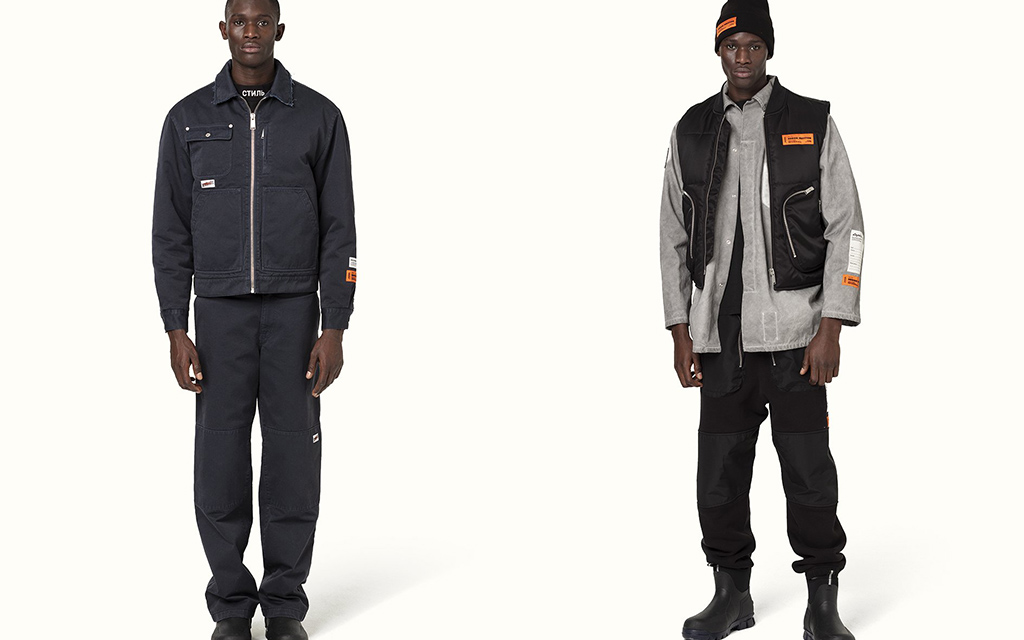
Heron Preston of Heron Preston
Although Virgil Abloh is the most famous Kanye West-adjacent designer right now, Heron Preston and his eponymous label are perhaps even more deserving of that shine. Preston’s designs are perfectly suited for the moment, blending an insurgent ethos with the world of high-fashion. Although Preston’s love for loud graphics may not be for everybody, they are an undeniable cool-guy flex all the same.
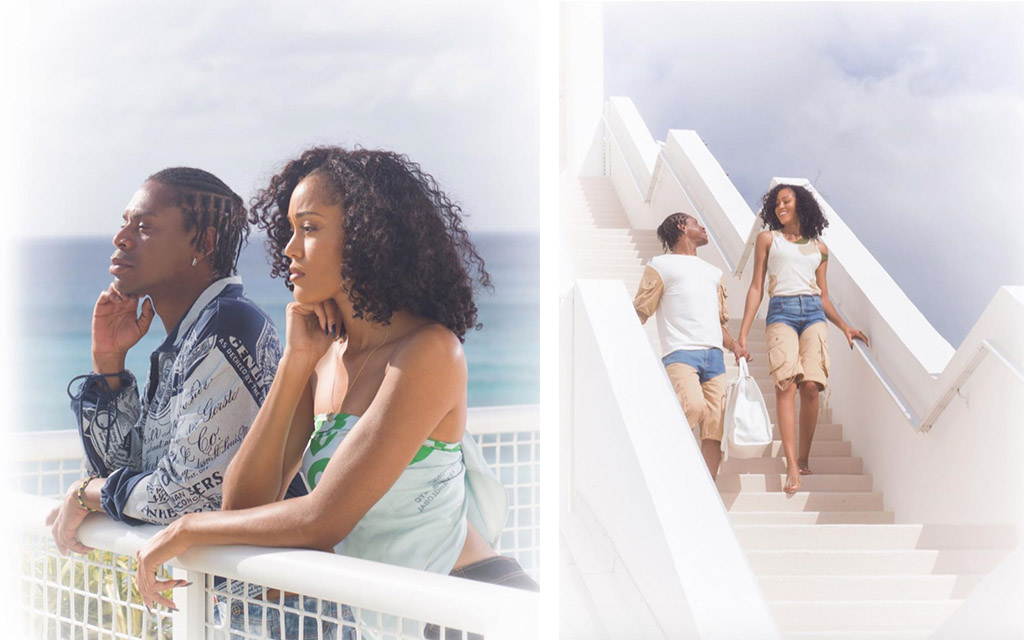
Telfar Clemens of Telfar
If you live in New York, then chances are you’ve encountered your fair share of the Telfar ‘Shopping Bag,’ its ubiquity among young, fashionable crowds earning it the moniker the ‘Brooklyn Birkin.’ But there’s more to Telfar Clemen’s namesake brand than a handbag, namely the brand’s championing of genderless, unisex clothing. In the words of Clemens himself, “It’s not for you — it’s for everyone.”
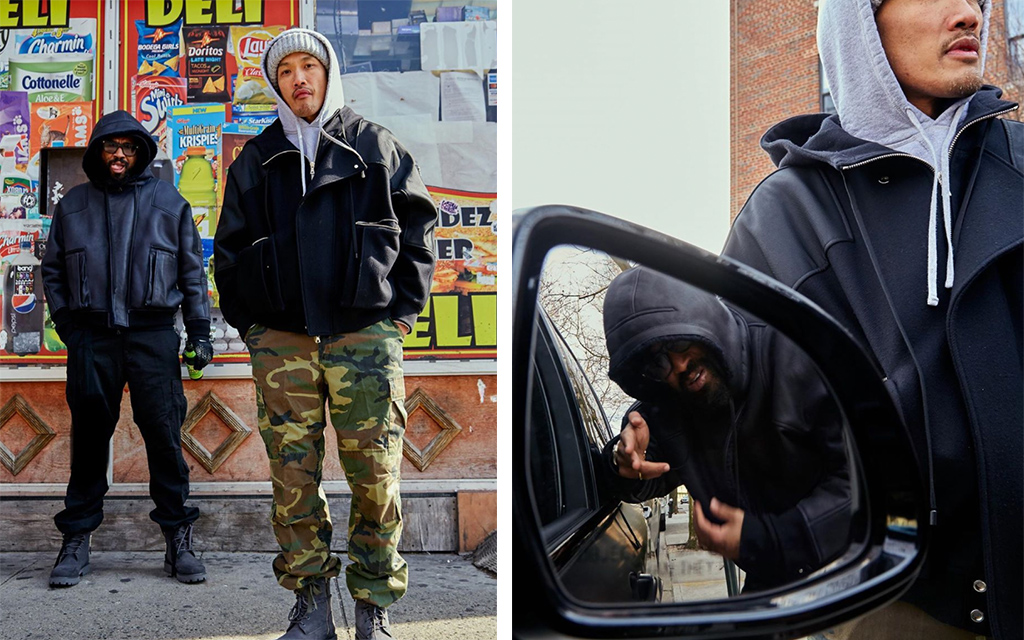
Maxwell Osborne of Public School
Osborne is one half of the brains behind Public School, the eminently hip NYC streetwear brand he launched with Dao-Yi Chow in the early 2010s. Osborne have capitalized on his street cred by creating Public School collaborations with major brands such as J. Crew and, most notably, a pair of Jordan XII retros that you’ll definitely want, but almost-definitely never be able to get.
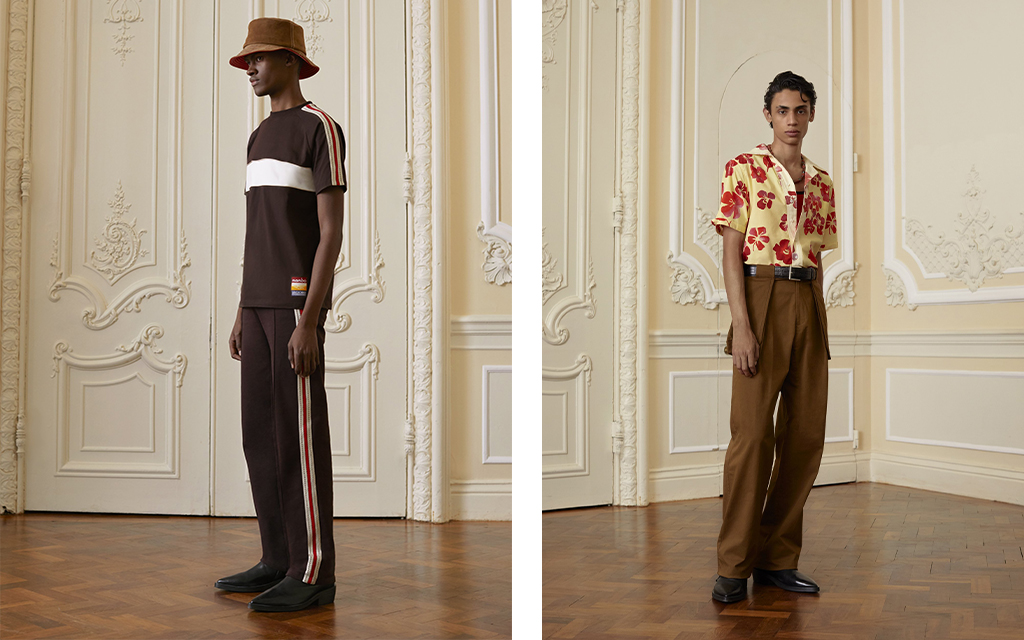
Grace Wales Bonner of Wales Bonner
Leading the change in redefining the often rigid idea of menswear is London designer Grace Wales Bonner, whose carefully and beautifully tailored clothing challenges pre-existing notions of what black masculinity is and can be (especially as it pertains to black-British masculinity) while connecting and interweaving the various narratives of the mix of nationalities and people she would often encounter as a child in south London. The result is elegant often delicate clothing, adjectives rarely used when discussing menswear.
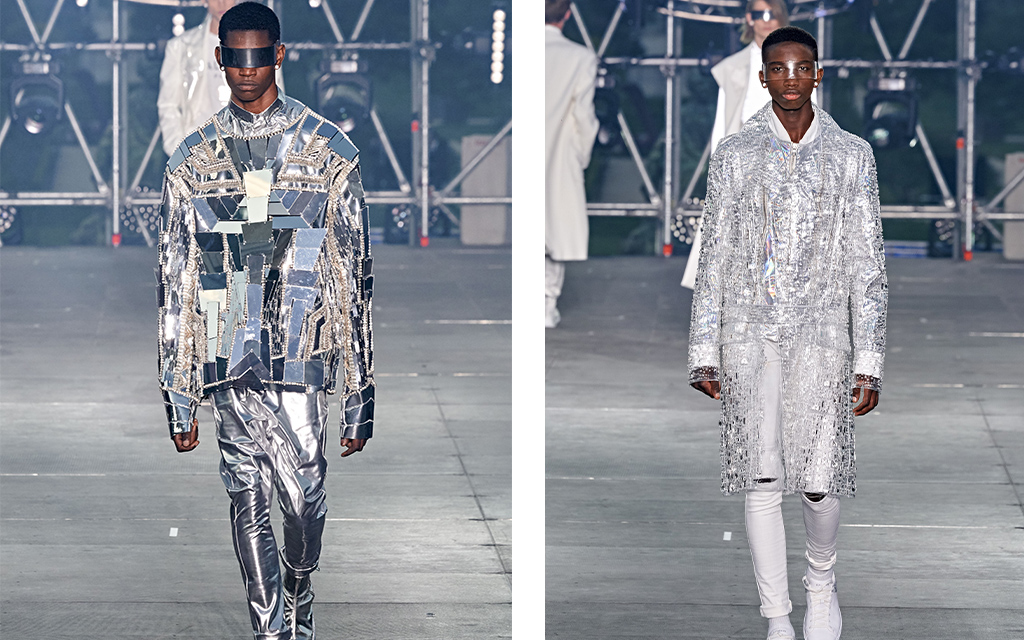
Olivier Rousteing of Balmain
In 2011, Olivier Rousteing was named the creative director of Balmain when he was just 25, making him one of the youngest to ever lead a major fashion house. Since then, he has updated the brand’s signature military style, adding celebrities such as Rihanna and Justin Bieber to the Balmain Army. In doing so, he has become one of the coolest people alive, even if he rejects that idea. I don’t want to be cool,” he told Vogue last month, “cool’s over. Chic’s over. You’re cool for two months these days. It used to be two years. Who wants to be part of that?”
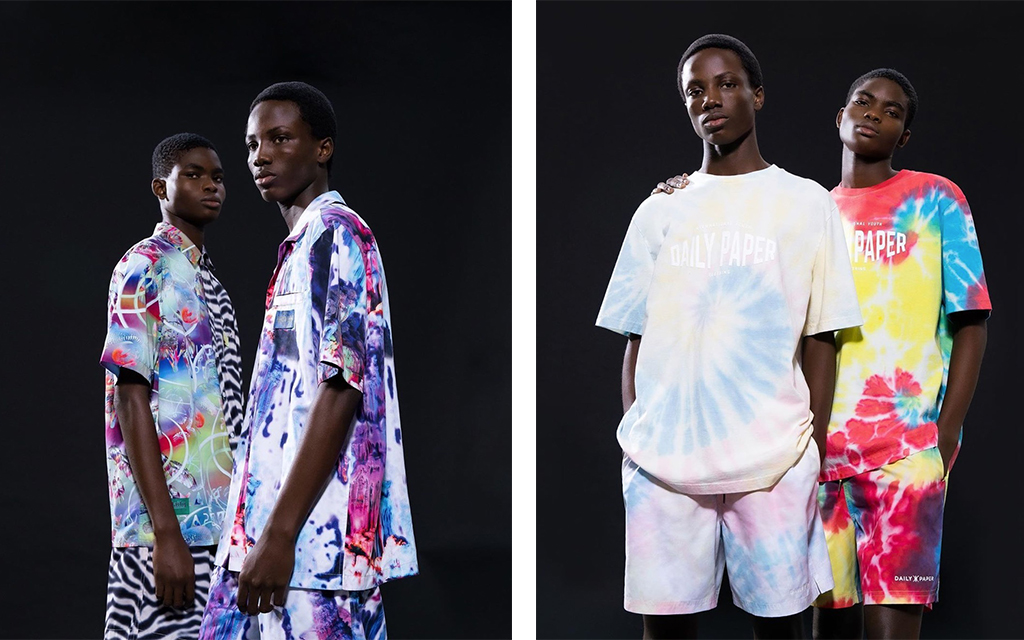
Hussein Suleiman, Jefferson Osei and Abderrahmane Trabsini of Daily Paper
Hussein Suleiman, Jefferson Osei, and Aberrahmane Trabsini are the three engines driving the Amsterdam-based label Daily Paper. Combining their African heritage with of-the-moment styles, this trio has unlocked the potential of baggy pants, short shorts, and camp collars thanks to their commitment to unusual patterns and materials.
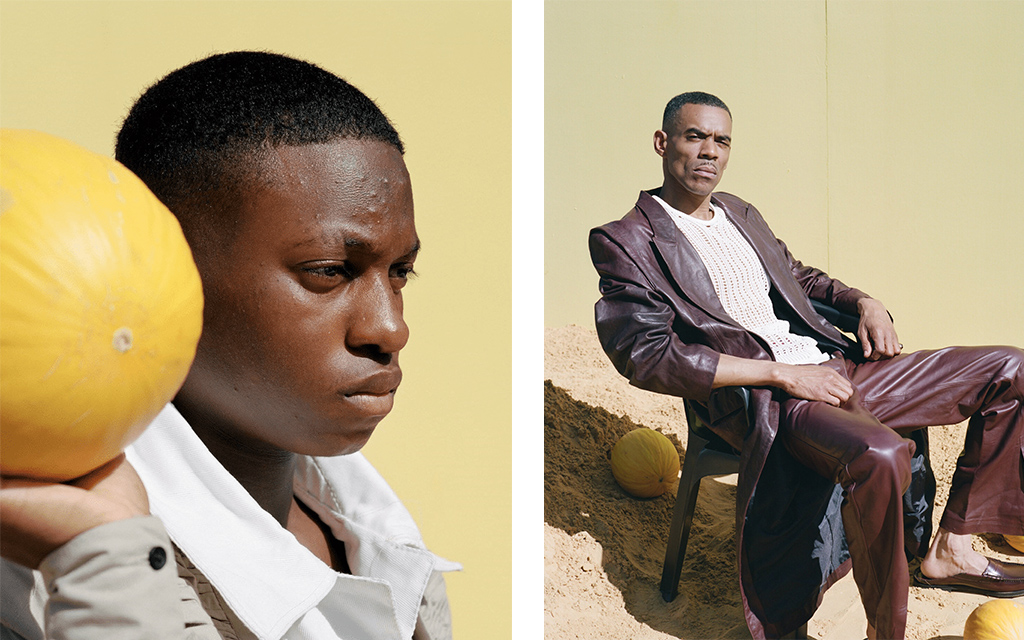
Bianca Saunders of Bianca Saunders
A rising young designer from London, Bianca Saunders has made her presence felt in the menswear sphere not with Instagram-friendly logo-philia, but by playing with the fit of her pieces. Whereas other designers aim to create outward signals of stylishness, Saunders has become a Vogue-favorite because of the way the drape of her clothes challenges and subverts masculine norms.
We've put in the work researching, reviewing and rounding up all the shirts, jackets, shoes and accessories you'll need this season, whether it's for yourself or for gifting purposes. Sign up here for weekly style inspo direct to your inbox.
